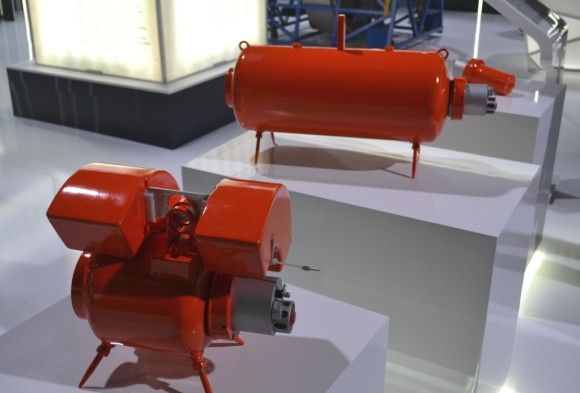Geopolitics
United States Forming a “New” Armoured Brigade. Will it be Deployed to Poland?
The US Army announced that it is planning to carry out a transformation of one of the light infantry brigades into an armoured unit. It cannot be ruled out that, within the framework of one of the future operations, the said unit is deployed in Poland. The decision made by the US Army is a symptom, suggesting that “armour” is going to become relevant again, also due to the worsening state of the global security.
The US Army has made a decision to transform one of the light infantry brigades – 2nd Brigade Combat Team of the 3rd Infantry Division – into an armoured unit. As a result of the aforesaid step, the US Army is going to include 10 Armoured Brigades, 15, if one also takes the National Guard into the equation.
The 2nd Brigade is to receive 87 Abrams tanks with modernized observation systems, 138 Bradley IFV/reconnaissance platforms and 18 Paladin self-propelled howitzers. The delivery process pertaining to the “heavy” equipment is to begin in the summer, while the formal transformation is scheduled to take place in October 2017.
Meanwhile, a training cycle is to begin starting from the year 2018. Next year, a rotation is going to take place at the combat training centre, constituting a relevant step for the brigade, during the process of obtaining the operational capabilities. The Brigade’s units are expected to be stationed at Fort Stewart in Georgia, nonetheless, the personnel quantity will remain largely unchanged (at the moment – 4,200 soldiers).
The decision to increase the number of armoured brigades of the US Army bears a high degree of relevance, considering the NATO operational perspective. The steps above have been made, following the US Secretary of Defence Ashton Carter’s identification of relevant changes of the security environment. It shall be remembered that the US Army deploys the armoured brigades within the framework of numerous rotations (or such operations are being planned) taking place in South Korea, Europe and in the Middle East.
In the two former cases, the presence, without any doubts, would have a permanent profile. At the same time, the operational activities are not carried out by units that are permanently stationed in the given area, but by elements rotated from the CONUS. This creates a significant burden of work, imposed on the armoured units. Each of the “combat” rotations has to be properly prepared, moreover, a very high level of combat readiness needs to be achieved and then recovered, at the location where the unit is going to be stationed.
Forming the 10th active armoured brigade will provide the US commanders with a higher degree of flexibility, when it comes to deploying the heavy tactical units, also within the scope of planned rotational presence. The event may be also interpreted as a symptom of the process, in which the armoured assets are regaining their significance.
This is connected to the worsening security context, including the threat posed by Russia. From the Polish point of view, the situation is relevant due to the fact that the aforesaid brigade belongs to the division which detached another “heavy” element (1st Brigade Combat Team), which was tasked with taking part in the Anakonda exercise this year. Thus, one cannot rule out a scenario in which, in a few years, the unit which underwent the above-described transformation, from a light infantry unit into an armoured element, would be deployed and rotationally stationed within the territory of Poland.
Notably though, the plan to form a new armoured unit disclosed by the Americans may be a proof of the period of time which is needed, to see a reversal of the effects of the budgetary cuts. Despite the fact that the 2nd Brigade is being formed on the basis of an existing unit, and with the use of equipment which has been already present within the US inventory (which could, potentially, have been modernized), the satisfactory level of combat readiness is not expected to be achieved until the element is rotated at the training centre, which is scheduled to happen in 2019.
Hence, it is clearly visible that recovery of the combat capabilities and readiness is time-consuming, also in case of the United States. The decisions pertaining to the structural cuts, often made recklessly and following an erroneous assessment of the security context have a long term effect, virtually always.
It is worth for the NATO leaders to take the aforesaid factors into account, should the international situation get better in a few years. The cuts are easy to be implemented, and they create quick relief, e.g. in a form of savings. However, it seems that solution which would be more rational is to maintain a drive towards maintaining own defence potential, and consequently, to be ready for potential growing international threat – as in case of the 2014 crisis.

